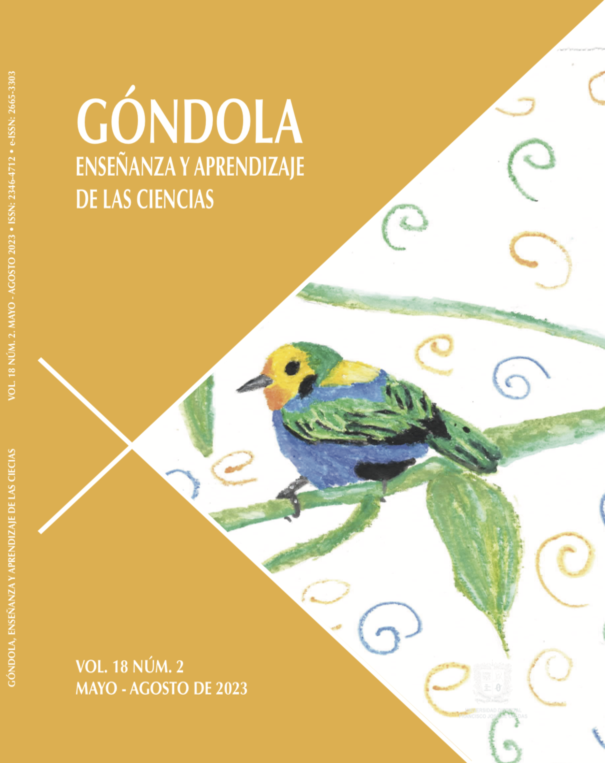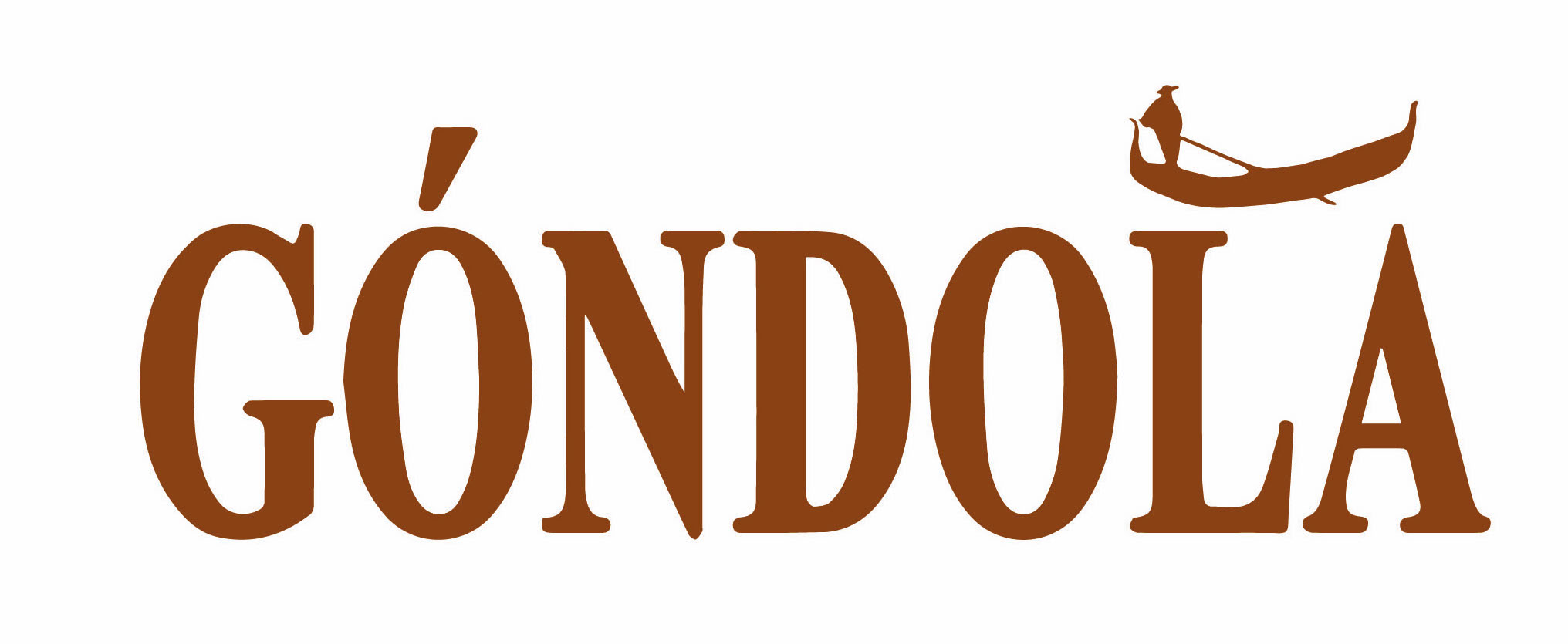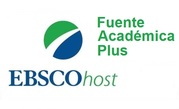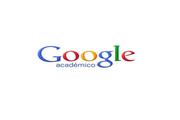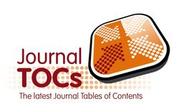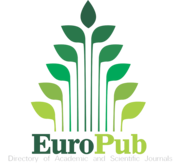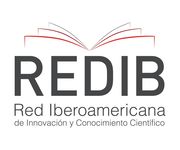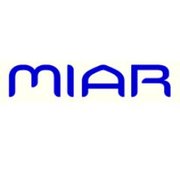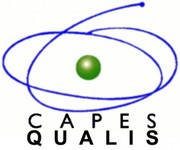DOI:
https://doi.org/10.14483/23464712.18776Published:
2023-08-14Versions
- 2023-08-23 (3)
- 2023-08-23 (2)
- 2023-08-14 (1)
¿La Tierra es Plana o Redonda?
An Experience with Elementary Education Students
Is the Earth Flat or Round?
¿A Terra É Plana Ou Redonda?
Keywords:
Teaching method, Didactics, Earth Sciences, Astronomy (en).Keywords:
Método de enseñanza, Didáctica, Ciencias de la Tierra, Astronomía (es).Keywords:
Método de ensino, didática, Ciências da Terra, Astronomia (pt).Downloads
Abstract (es)
El texto presenta una experiencia sobre la enseñanza de nociones elementales de Ciencias Naturales a estudiantes de Educación Primaria y Secundaria, que buscó no reducirse a presentar conceptos que los alumnos deben memorizar sin entender; así, se trató de seguir lo que dice la didáctica actual para que los jóvenes reflexionen sobre información que obtienen por sí mismos –o que se les proporciona–, detecten los límites de sus ideas previas y lleguen a construir otras congruentes con lo que dicen las Ciencias. Se maneja un tema del ámbito de las ciencias de la Tierra y el Espacio, poco atendido por el currículo mexicano, pero que es parte de la cultura científica que todo ciudadano del siglo XXI debería tener.
Abstract (en)
The text presents an experience on the teaching of elementary notions of Natural Sciences to primary and secondary education students, looking not only to present concepts that students must memorize without understanding, and following what didactics says, so that young people reflect on information that they obtain by themselves, or that is provided to them, detect the limits of their previous ideas and come to construct others congruent with what the sciences say. It deals with a topic from the field of Earth and Space sciences, little attended in the Mexican curriculum, but which is part of the scientific culture that every citizen of the 21st century should have.
Abstract (pt)
O texto apresenta uma experiência de ensino de noções elementares de Ciências Naturais a alunos do ensino fundamental e médio, que buscou não se reduzir a apresentar conceitos que os alunos devem memorizar sem compreender, procurando seguir o que diz a didática atual para que os jovens. refletem sobre as informações que obtêm por si mesmas, ou que lhes são fornecidas, detectam os límites de suas ideias anteriores e passam a construir outras congruentes com o que dizem as ciências. Trata-se de um tema da área das ciências da Terra e do Espaço, pouco abordado no currículo mexicano, mas que faz parte da cultura científica que todo cidadão do século XXI deve ter.
References
BRUNER, J. S. The process of education. Harvard University Press. Cambridge, MA: Estados Unidos, 1977 (1960).
CAMINO, N. Diseño de actividades para una didáctica de la astronomía vivencialmente significativa. Góndola, Enseñanza y Aprendizaje de las Ciencias, Bogotá, v. 16, n. 1, pp. 15-37. 2021. https://doi.org/10.14483/23464712.16609.
DARROZ, L. M.; DA ROSA C. T. W.; DE GRANDIS, C. D. Concepcoes de um grupo de profesores de anos iniciais acerca dos conceitos básicos da astronomía. Góndola, Enseñanza y Aprendizaje de Ciencias, Bogotá, v. 11, n. 2, pp. 240-255. 2016. 10.14483/udistrital.jour.gdla.2016.v11n2.a6.
https://doi.org/10.14483/udistrital.jour.gdla.2016.v11n2.a6
DEL VAL, J. El aprendizaje y la enseñanza de las ciencias experimentales y sociales. Siglo XXI Editores. Ciudad de México: México, 2013.
FERNÁNDEZ NISTAL, M. T.; PEÑA BOONE, S. H. Concepciones de maestros de primaria sobre el planeta Tierra y gravedad. Implicaciones en la enseñanza de la ciencia. Revista Electrónica de Investigación Educativa, Ensenada, México, v. 10, n. 2. 2008. http://redie.uabc.mx/vol10no2/contenido-fernandeznistal.html.
GELLON, G.; ROSENVASSER FEHER E.; FURMAN, M.; GOLOMBEK, D. La ciencia en el aula. Lo que nos dice la ciencia sobre cómo enseñarla. Siglo XXI. Buenos Aires: Argentina, 2018.
GIORDANO, E. Una progresión de aprendizaje sobre ideas básicas entre Física y Astronomía. Góndola, Enseñanza y Aprendizaje de las Ciencias, Bogotá, v. 16, n. 2, pp. 272-293. 2021. https://doi.org/10.14483/23464712.17107.
GOULD, S. J. The late birth of a flat Earth. In: Dinosaur in a haystack. Reflections in natural history. Harmony Books. Nueva York: Estados Unidos, 1995, pp. 38-50.
https://doi.org/10.4159/harvard.9780674063426.c6
MATTHEWS, M. R. La enseñanza de la ciencia. Un enfoque desde la historia y la filosofía de la ciencia. Fondo de Cultura Económica. Ciudad de México: México, 2017.
NATIONAL RESEARCH COUNCIL (NRC). A framework for K-12 science education practices, crosscutting concepts and core ideas. National Academies Press. Washington, Estados Unidos, 2012.
ORGANIZACIÓN PARA LA COOPERACIÓN Y EL DESARROLLO ECONÓMICOS (OCDE). PISA 2015 assessment and analytical framework: Science, reading, mathematics and financial literacy. París: Francia, 2016.
SECRETARÍA DE EDUCACIÓN PÚBLICA. Programas de estudio 2011. Guía para el maestro. Educación Básica Primaria Tercer Grado. SEP. Ciudad de México: México, 2011.
ORDÓÑEZ, J.; NAVARRO, V.; SÁNCHEZ RON, J. M. Historia de la ciencia. Espasa Gran Austral. Madrid: España, 2007.
TREAGUST, D. F.; CHI-YAN T. (2014). General instructional methods and strategies. In: LEDERMAN, N. G. y ABELL, S. K. (eds.). Handbook of research on science education. Routledge. Nueva York: Estados Unidos, 2014, Vol. II, pp. 303-320.
VEGA NAVARRO, A. Tenerife tiene seguro de Sol (y de Luna): representaciones del profesorado de primaria acerca del día y la noche. Enseñanza de las Ciencias, Barcelona, v. 19, n. 1, pp. 31-44. 2001. https://ddd.uab.cat/pub/edlc/02124521v19n1/02124521v19n1p31.pdf.
https://doi.org/10.5565/rev/ensciencias.4012
WINDSCHITL, M.; THOMPSON, J.; BRAATEN, M.; STROUPE, D. Proposing a core set of instructional practices and tools for teachers of science. Science Education, Hoboken, Nueva Jersey, v. 96, n. 5, pp. 878-903. 2012. https://doi.org/10.1002/sce.21027.
How to Cite
APA
ACM
ACS
ABNT
Chicago
Harvard
IEEE
MLA
Turabian
Vancouver
Download Citation
License
Copyright (c) 2023 Autor y Góndola. Enseñanza y Aprendizaje de las Ciencias

This work is licensed under a Creative Commons Attribution-NonCommercial-NoDerivatives 4.0 International License.
Gondola, Ens Aprend Cienc. is an open-access publication, free of charge for authors and readers. The publication, consultation or download of the contents of the magazine does not generate any cost for the authors or the readers, since the Francisco José de Caldas District University assumes the expenses related to edition, management and publication. The peer evaluators do not receive any economic retribution for their valuable contribution. The work of all the actors mentioned above is understood as a contribution to the strengthening and growth of the research community in the field of Science Education.
As of December 1, 2018 the contents of the journal are published under the terms of the Creative Commons License Attribution-Noncommercial- ShareAlike 4.0 International (CC-BY-NC-SA 4.0), under which others may distribute, remix, retouch, and create from the work in a non-commercial way, give credit and license their new creations under the same conditions.
The copyright holders are the authors and the journal Gondola, Ens Aprend Cienc. The holders retain all rights without restrictions, respecting the terms of the license in terms of consultation, downloading and distribution of the material.
When the work or any of its elements is in the public domain according to the applicable law in force, this situation will not be affected by the license.
Likewise, we encourage authors to deposit their contributions in other institutional and thematic repositories, with the certainty that culture and knowledge is a good of all and for all.

